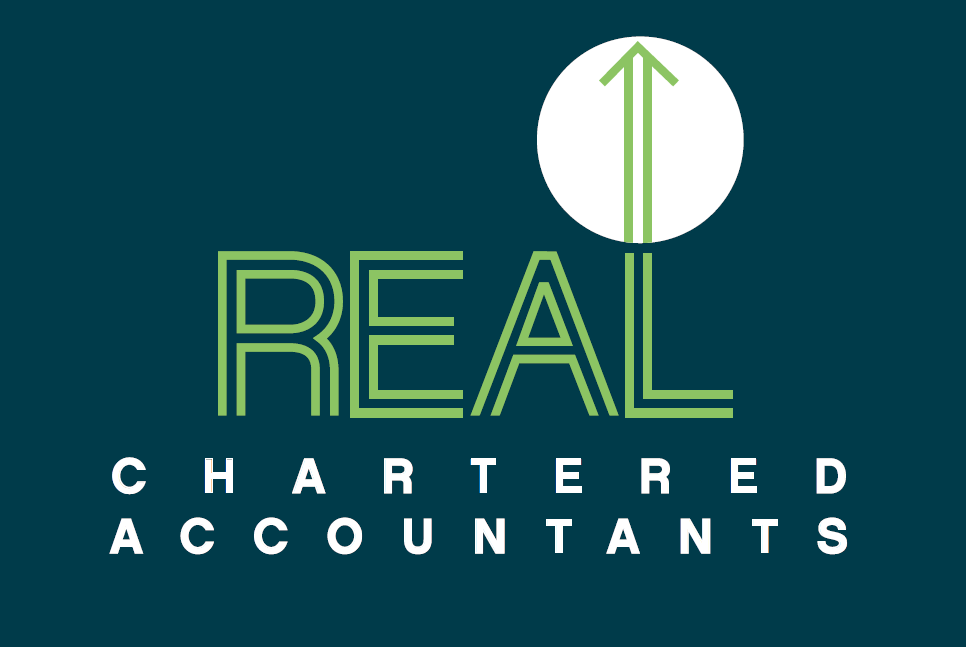NEWS
What's New with Brightline

Bright-line rules have been in place for eight years now. The IRD brought in these rules as the “purpose or intention” test was difficult to apply. The rules now set clear limits based on the number of years a property is owned.
Please contact us first if you are considering restructuring the ownership of any residential property. The last thing you want to do is inadvertently trigger the Brightline rules or restart the bright-line period – currently 10 years.
The 10 Year Main Home Rule
The 10 year main home includes a provision if the house was empty for a period of time. Even with a main home, you do not want to restart Brightline – you never know what life may throw at you that may change your circumstances. And you may be forced to sell or restructure.
The 2, 5 or 10 year Brightline rules are determined by the date of any residential property agreement that was entered into.
Updated Rules
Rules in the last 8 years have changed, so we need to look at the rules as the date of your property transactions. The questions we need to ask are:
- Does the “normal” land taxing provision apply?
- Have you sold residential land?
- Which bright-line period applies?
- Is the property a new build?
- Has the property been sold within the bright-line period?
- Do rollover rules apply?
- Do any exemptions apply?
Rollover Relief Rules
Rollover relief is intended to allow “internal” reorganisations of ownership of residential property to occur without restarting the bright-line period
Rollover rules apply to inherited land and relationship settlements. New rules are about to be enacted which will allow rollovers to/from a rollover trust, from a Look-Through-Company (LTC) to shareholders, from a LTC to a rollover trust and between consolidated company group members.
A rollover trust means that all principal settlors are beneficiaries of the trust, all principal settlors are close family associates and all beneficiaries are close family beneficiaries.
Assuming that you are eligible for rollover relief, full rollover relief applies where the land is transferred at cost or less. So, the Vendor has not made a profit and transferee gets original Brightline date.
Partial rollover relief is where the land is transferred for more than cost but less than market value. The transferee acquires the bright-line acquisition date. Income may arise for the transferor under the bright-line test but the deemed sale at market value provision is switched off.
Not Covered
What is NOT covered are transfers to or from an ordinary company, transfers between family’s (unless pursuant to relationship property agreement or upon death), LTC share transfers. Revocation of LTC status will restart bright-line as it is deemed a disposal/reacquisition of the underlying property.
Electing into the LTC regime will not restart the bright-line date.
What Next?
Before you enter into any property transactions, we recommend you find out the potential tax you may incur by checking in with you REAL Client Manager.
Disclaimer
This information is intended to provide general advice only. We recommend you discuss your specific situation with your Accountant.









